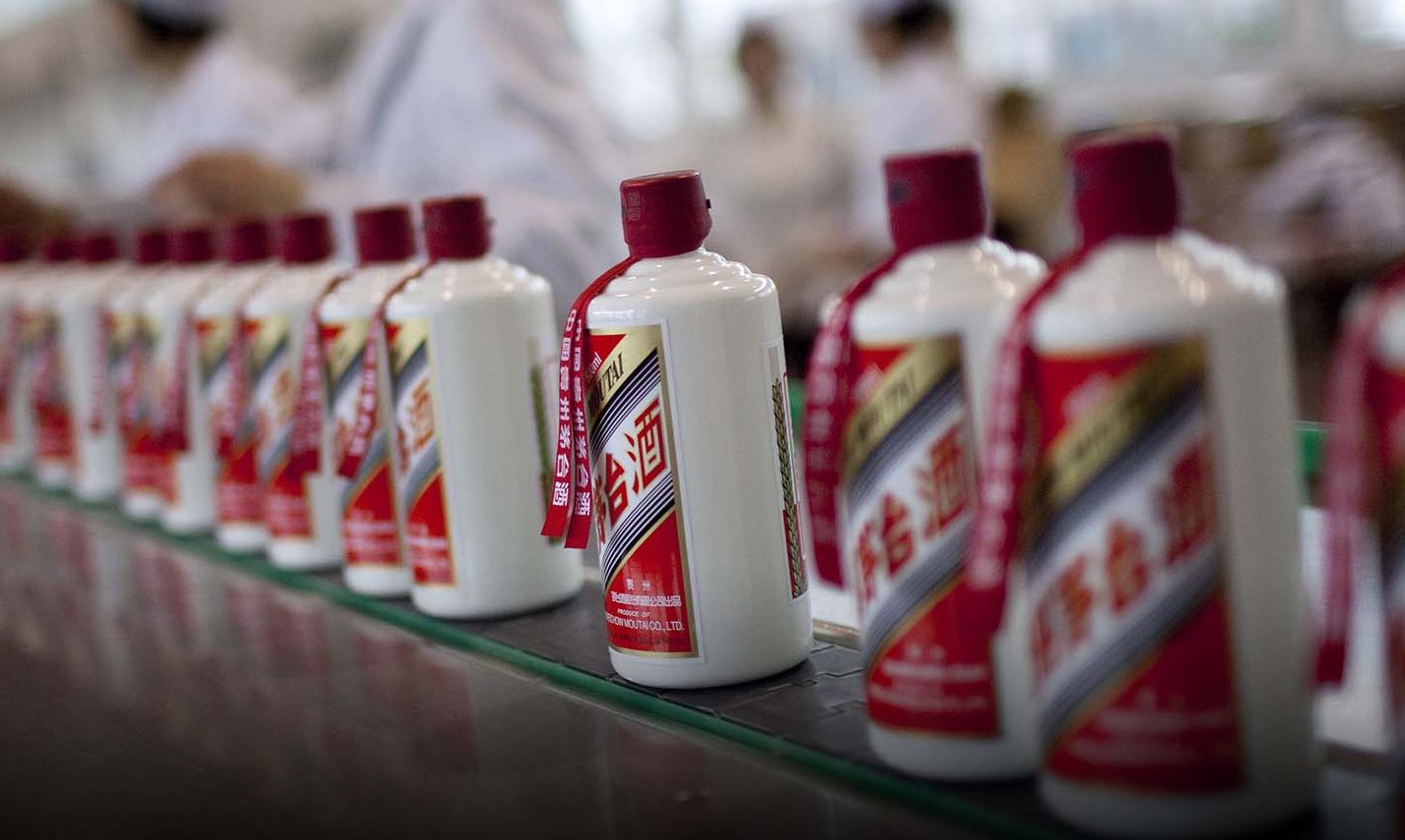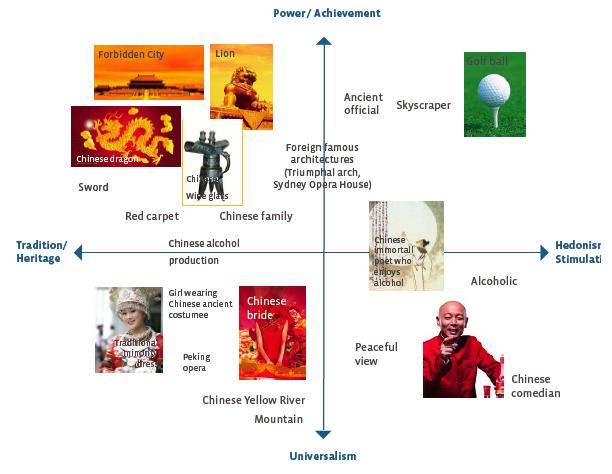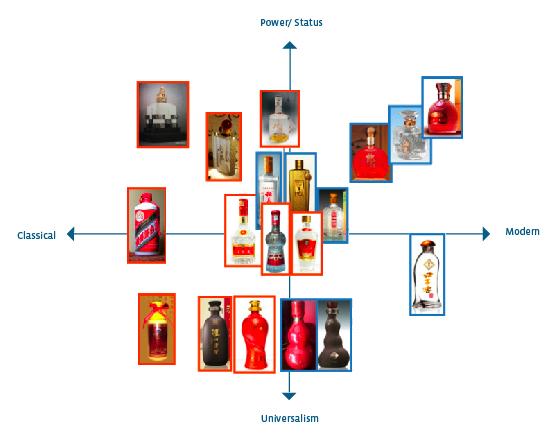

The first decade of reform and opening up in China saw large multi-national companies pave the way with big investments in all aspects relevant to their industries. Famous quotes such as “the risk not to be in China is bigger than the risk to be in China” from Heinrich von Pierer, the CEO of the Siemens AG from 1995 to 2005, were typical of a time when large capital investments were deemed necessary for China market entry strategies.
As average wages have increased and consumers possess more disposable income and are willing to spend their hard-earned wages on modern products, more small and medium sized companies from around the world have entered the Chinese market importing products ranging from French cosmetics to German paint, from Ukrainian Vodka to Malaysian fruit juice.
As recently as a decade ago, entering the Chinese market was synonymous with entering the Beijing, Shanghai, or possibly the Guangzhou markets. It meant understanding the potential of a few select regional markets, as only those markets were believed to be profitable. The result has been a massive increase in marketplace competition coupled with the increased sophistication of 1st tier city consumers. New advertising campaigns continue to attract legions of curious consumers and their willingness to try new products is high; however, brand and product loyalty for many product categories continues to remain low.
The breakneck speed of the development of consumer markets in 1st tier cities such as Beijing, Shanghai and Guangzhou has led to a dynamic saturation of these markets by a constantly changing abundance of similarly-perceived products coming from around the globe. The term “dynamic market saturation” has been used to describe the high turnover of products entering the 1st tier city markets, all chasing after the same consumers although the size of the market in terms of the number of consumers remains fairly stable.
The vastness of China and the sheer size of the population mean that opportunities still abound for companies interested in entering this market. However, regardless of the product category, a passive market entrance that relies on the sheer number of potential consumers in China to flock to any and all products is no longer enough. A strategic decision-making methodology is now essential for determining whether or not to take the plunge in China.
Bypassing the highly competitive 1st tier markets is a viable option for many companies and can offer numerous rewards; in fact, it should be seriously considered. A recently concluded market research study carried out by Labbrand focused on understanding the feasibility of a new vodka brand to enter the Chinese market by bypassing the 1st tier markets, and identifying areas of consumption which go beyond the competitive battlefields of the nightlife and entertainment venues of the 2nd tier markets. In short, the objective of the study was to understand which vodka products from the client’s portfolio are suitable for whom, and where they are most likely to be consumed.
The scope of the study included a semiotic analysis of baijiu2 codes, video ethnography, and qualitative consumer focus groups with regular drinkers of baijiu and other alcohol in Chengdu, Shenyang and Wuhan. The focus groups were organized in restaurants together with a meal in order to allow for a thorough product tasting. The following key points were addressed in the consumer market research:
The project was completed with a brand positioning and strategy workshop to develop a compatible positioning of the brand for China.
The semiotics phase consisted of identifying the positioning of different Baijiu brands, the main codes used in communication and an analysis of various bottle styles currently found in the market place. The semiotic analysis identified the key axis for positioning in China. For Baijiu brands, codes used in communication were positioned along an axis ranging from power and achievement to universalism, tradition and heritage to hedonism and stimulation. The bottle designs were classified from power and status to universalism, from classical to modern, as can be seen in the diagrams below.


The focus groups revealed that in comparison to their 1st tier city counterparts, knowledge of foreign alcohol was limited among small city consumers. Foreign alcohol types were not differentiated, for example many participants did not know the difference between vodka and wine. Perceptions regarding drinking occasions and behaviors also varied. Within Chinese liquors, consumers would often buy the most expensive baijiu to have a drink with their boss, but purchase an inexpensive liquor to enjoy with their friends. With regards to foreign alcohol, beer was considered to be a casual drink that could be enjoyed with friends over dinner, whereas wine, specifically red wine, was considered more sophisticated and romantic. Foreign hard alcohols were associated with clubbing and being cool and trendy. The idea of having a glass of whisky for enjoyment was not present among respondents. Purchases of foreign alcohol were based mostly on promotion and availability, while the reasons given focused on wanting to be trendy or garner the admiration of peers.
Information from the video ethnography and consumer focus groups also helped refine the client’s understanding of the target consumer and how they can best be engaged. Further recommendations included key areas identified as requiring improvement, namely the product name and packaging. The semiotic analysis also offered clear findings regarding dominant and emerging packaging and bottle codes.
Labbrand also made several comparisons and recommendations regarding potential distribution channels of interest for or client. By focusing on consumption occasions and locations, new restaurant types currently not considered a priority by major foreign brands were identified as potentially viable for introduction of the clients Vodka brand. For example, a vodka brand could develop a partnership with a Western-style restaurant positioned mid-market managed by a Chinese single proprietor. Premium alcohol brands are unlikely to target this type of outlet, yet a lot of consumers could be reached through this restaurant channel.
There is a vast amount of information available regarding Chinese consumers; however, most of these studies often forget to mention that their research was limited to a few 1st tier cities and possibly some quantitative statistics provided by the statistics bureau of China. A major learning for our client was that their understanding of the Chinese market and the results from the research were unique and required them to re-evaluate their market entry strategy. 1st tier and 2nd tier consumers are very different. Product understanding, market exposure, needs and expectations will be different in different product categories. Only through a well-formulated brand strategy based on comprehensive market understanding can brands, large or small, domestic or foreign, hope to build brand equity to succeed in the long run in China.
1. Translated from German, “Das Risiko, nicht in China zu sein, ist größer als das Risiko, in China zu sein”, quoted from Heinrich von Pierer
2. Baijiu (白酒; pinyin: báijiǔ), is a Chinese distilled alcoholic beverage. The name literally means “white liquor”
A Labbrand Group Company © 2005-2025 Labbrand All rights reserved
沪ICP备17001253号-3To improve your experience, we use cookies to provide social media features, offer you content that targets your particular interests, and analyse the performance of our advertising campaigns. By clicking on “Accept” you consent to all cookies. You also have the option to click “Reject” to limit the use of certain types of cookies. Please be aware that rejecting cookies may affect your website browsing experience and limit the use of some personalised features.